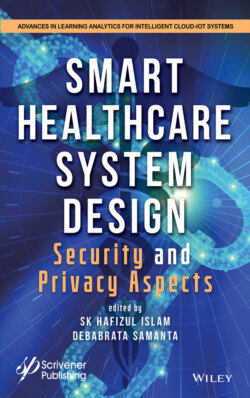Читать книгу Smart Healthcare System Design - Группа авторов - Страница 33
1.4.5 Classification and Validation
ОглавлениеThe two methods in this section were developed to complement the classification algorithms and enhance their classification potential for noisy dynamical systems that change state over time.
The first method SVM, which is called Cross-Validation by Elimination, is used to classify samples by testing the amount of correlation (determined by the accuracy of classifications) each sample has to every state and then remove classes that are least correlated to improve classification accuracy. The algorithm isolates each of the classes, compares the prediction results, and then makes a final decision based on a function of the independent predictions [23, 29].
Figure 1.8 is represented as EEG signal hybrid artificial neural network with support vector machine based (HANNSVM) classification, block diagram represents brain signal capture from EEG sensor with unit of hertz, artifact removed from the input signal, preprocessed data is segment, then sampled at Hz and a rectangular window function is applied [31]. An FIR filter is applied to the incoming EEG stream to decompose the incoming signals in to their respective brain waves. However, due to time constraints, only the original signals (unfiltered) are tested with the system. Next to extract the information/feature from segmented output signal. Extracted signal applied to the HANNSVM machine learning algorithm [32, 33].
This method puts testing samples that were weakly classified into classes that make accuracy. The second method, State Decision Neurons, Artificial Neural Network (ANN) is used to automatically make decisions about when to transition to the next defined state [34]. This algorithm, when used in conjunction with a set of classifiers, enables the system to make decisions based on previous predictions, a closed-loop system if you will. When there are three or more states to distinguish between in a noisy system, state decision neurons are useful in determining the appropriate moments to transition to another state. Figure 1.9 completes flow of EEG proposed EEG-based classification system.
